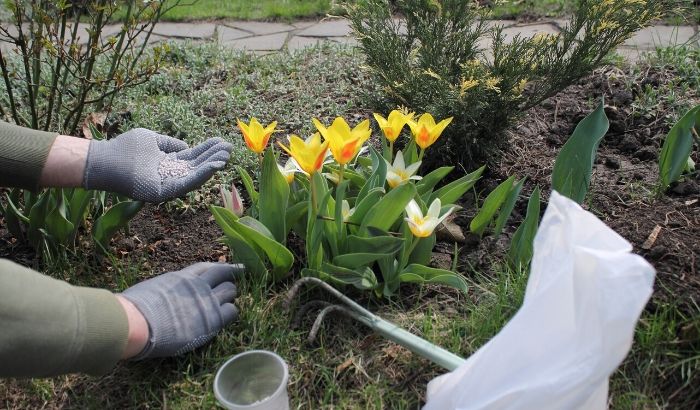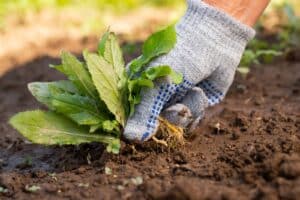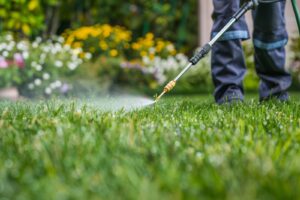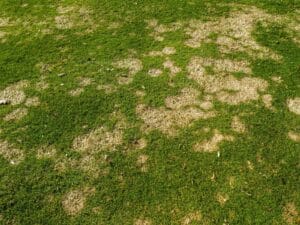A fertilizer is any ingredient of natural or synthetic origin that you can apply to soil or plant tissues to help plants grow. Plants require a mixture of life-sustaining nutrients, such as phosphorus and nitrogen, which they soak up from the soil. However, some soils don’t contain these nutrients, which is where fertilizer comes in.
The government recommends that everyone practice social distancing due to COVID-19. Because of this pandemic, most people are opting to stay at home, and right now is the perfect time to work on your garden. Learn more about fertilizer so that you can enhance your garden.
The Benefits of Fertilizer
Soil that’s rich in micro and macronutrients is essential for plant production and growth, but even the lushest of gardens can benefit from fertilization. Unfortunately, you can’t apply fertilizer any day of the year. Applying it in the wrong season can stunt plant growth, and you may lose your gardening progress.
Stay tuned to find out when the best season to apply fertilizer is.
Fertilizer Basics
Although fertilizers are usually helpful, some gardens are better off without it. There’s a chance your soil may not even need it. For example, think about autumn, when plenty of leaves fall and decompose in place. The leaves’ nutrients seep into the soil, and growing plants benefit from them.
Furthermore, if your soil is already rich in nutrients, then adding extra can negatively impact microbial life that resides in your plants; this can alter an otherwise healthy ecosystem. Plants only absorb the nutrients they need, and an unnecessary amount of them can lead to abnormal growth.
Understanding Fertilizer Labels
Ever notice those confusing labels on fertilizer bags? The numbers may seem intimidating at first, but once you research them, you’ll realize they tell you everything you need to know about the fertilizer. Most packages contain a label with a sequence of three numbers, such as 5-10-10.
These numbers reference the percentage of Nitrogen (N), Phosphorus (P), and Potassium (K), which are the three primary nutrients plants need. If you add up these numbers, you’ll discover they’re the percentage of a bag’s total weight.
Nutrient ratios are important because too much of one nutrient can be harmful. For instance, if you’ve ever experienced lush, green growth, but no flower blooms, you may have too much nitrogen. Make sure every nutrient in your fertilizer is balanced.
How Can I Tell If My Plants Need Fertilizer?
We recommend you conduct a soil test to determine if your garden benefits from fertilizer. Soil tests are typically available for free or low-cost from your local cooperative extension. Best of all, these tests are simple to do, and the results will dictate your fertilizer application. You may find out your soil already has the perfect amount of nutrients.
The Perfect Time to Fertilize
Now that spring is around the corner; you should begin to fertilize your garden. Spring is the perfect season to start this process because this is when perennials start to grow. If you’re like most homeowners, this is also the season in which you plant your vegetables.
Incorporate fertilizer into the soil several inches deep if you’re growing vegetables and annuals. For perennials, you should work the fertilizer gently into the soil and around the plants.
Contact Summit Lawn & Pest Control
Plantlife requires a variety of nutrients to remain vibrant and healthy. Luckily, the experienced technicians at Summit Lawn & Pest Control specialize in lawn fertilization. Contact us today for a free quote.







